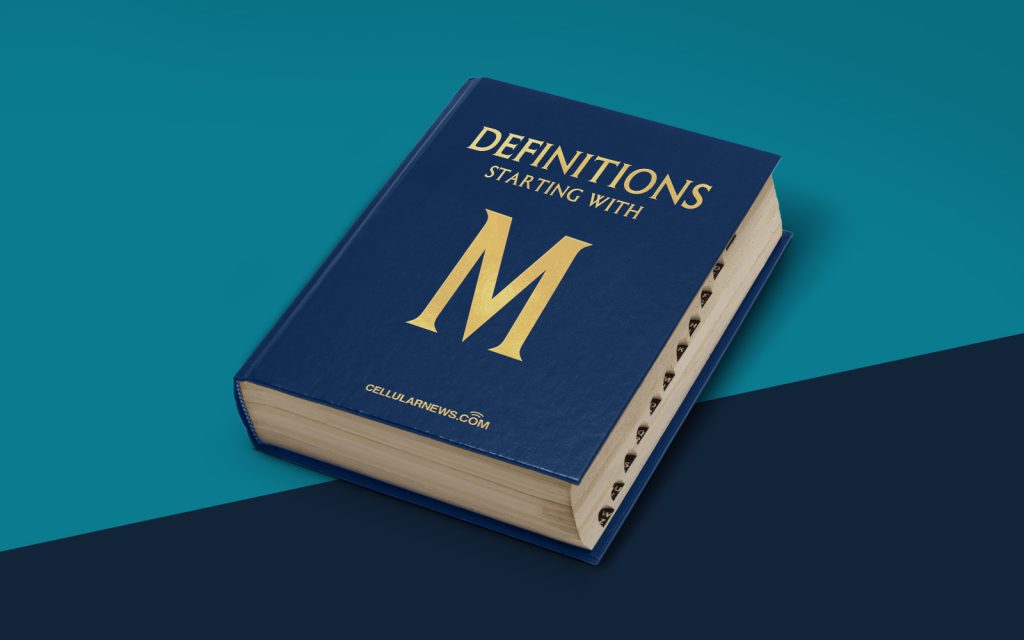
Unlocking the Power of Multi-Factor Authentication (MFA)
Have you ever wondered how you can enhance the security of your online accounts and keep your sensitive information safe from hackers? Look no further than Multi-Factor Authentication (MFA). With advancements in technology and the increasing prevalence of cyber threats, it has become imperative to implement robust security measures. In this article, we’ll dive into the world of Multi-Factor Authentication and understand what it is, how it works, and why it’s crucial for safeguarding your digital presence.
Key Takeaways:
- Multi-Factor Authentication (MFA) is an additional layer of security that provides an extra level of protection for your online accounts.
- MFA combines two or more factors, such as something you know, something you have, and something you are to grant access to your accounts.
Understanding Multi-Factor Authentication
Multi-Factor Authentication, as the name suggests, is a security measure that combines multiple factors to ensure the authenticity of a user. Gone are the days when a simple username and password were enough to protect your online accounts. Cybercriminals have become more sophisticated, making it crucial for users to implement additional security measures to thwart their attacks.
Multi-Factor Authentication provides an extra layer of defense by requiring users to provide two or more forms of authentication before granting access to an account. It aims to verify that the person trying to log in is, indeed, the rightful owner of the account, and not an unauthorized individual attempting to gain unauthorized access.
How does Multi-Factor Authentication Work?
The concept behind Multi-Factor Authentication is relatively simple but highly effective. Rather than relying solely on a single factor, such as a password, MFA combines multiple factors to authenticate a user. These factors fall into three main categories:
- Something you know: This could be a password, a PIN, or the answer to a security question. It is a piece of information that only the authorized user should know.
- Something you have: This involves possessing a physical token or device, such as a smartphone, a token generator, or a smart card. This factor helps verify the user’s identity by confirming they possess something that is unique to them.
- Something you are: This refers to biometric factors, such as fingerprint, facial recognition, or voice recognition. These factors rely on the user’s unique physical characteristics and provide an additional layer of security.
When a user attempts to log in to an account protected by Multi-Factor Authentication, they are asked to provide at least two of these factors to gain access. For example, they might enter their password (something they know), followed by a unique code generated on their smartphone (something they have). Only when both factors have been successfully authenticated will access be granted.
The Importance of Multi-Factor Authentication
Now that we have a good understanding of what Multi-Factor Authentication is and how it works, let’s explore why it’s vital for protecting your digital identity:
- Enhanced Security: MFA adds an additional layer of security beyond passwords, making it much harder for cybercriminals to gain unauthorized access to your accounts. Even if your password is compromised, the attacker would still need to bypass the other authentication factors to breach your account.
- Prevention of Account Takeovers: By implementing MFA, you can significantly reduce the risk of account takeovers. With each additional factor required for authentication, the likelihood of unauthorized access decreases, deterring potential attackers.
By adopting Multi-Factor Authentication, you are taking a proactive step towards safeguarding your online presence and protecting your valuable information. Remember, it’s always better to have multiple layers of security than to rely solely on a single password. So, the next time you come across the option to enable MFA on your accounts, don’t hesitate!
